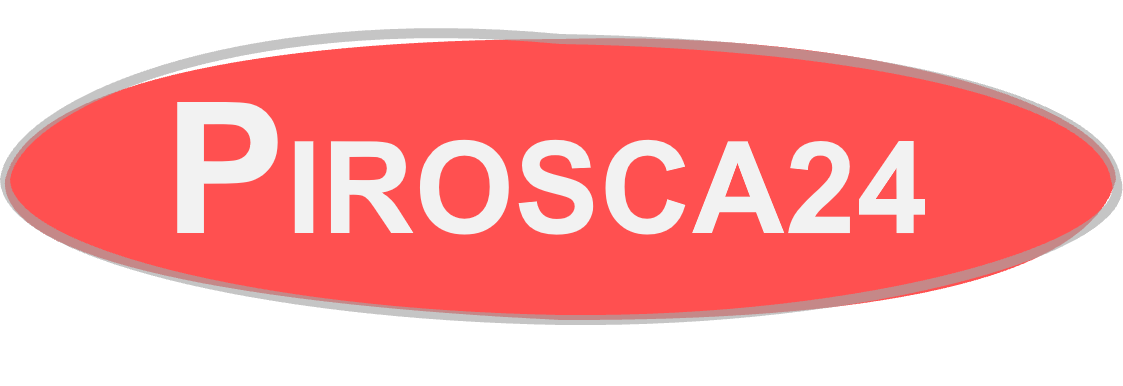Introduction to citation methods and their importance in scientific papers Citation is the practice of acknowledging the sources of information used in academic work. This includes naming the authors and their works, as well as providing relevant details such as title, publication date and page numbers[1]. The importance of citation lies in its ability to appreciate the original authors and provide evidence for the claims made in the paper. Citing the source makes scientific papers more credible and trustworthy, and readers can verify the information presented[2]. In scientific papers, citation is of paramount importance. It helps to avoid plagiarism and ensures that the work is original and based on credible sources. Scientific papers include statements from other publications by means of direct and indirect quotations, which are to be marked as citations[3]. Proper citation also helps to distinguish between the author’s own ideas and those of others, which is essential in scholarly writing[4]. By citing sources, scholarly papers can also contribute to ongoing discourse and knowledge development in a particular area[1]. Various citation styles are used in academic writing, including APA, AMA, Harvard, MLA, and the German citation style[5]. Each citation style has its own set of rules and guidelines for formatting and referencing sources[1]. For example, the APA citation style requires the author’s last name and year of publication to be included in the in-text citation, while the Harvard citation style requires the author’s last name and page number[6]. It is important to choose the appropriate citation style for each subject area and to adhere to its guidelines[7]. This ensures that the paper is not only accurate and credible, but also in line with the established conventions of the field[8]. To facilitate the process of citation, various citation programs are available, such as Citavi, EndNote, Zotero, and others[9]. In conclusion, citation is an essential part of scientific papers. It gives credibility and originality to the work, helping to distinguish between the author’s own ideas and those of others. There are several citation styles to choose from, and it’s important to choose the appropriate style for each subject area. By citing the source correctly, scientific work can contribute to the further development of knowledge in a particular field. APA Citation Method and its Application in Scientific Papers The American Psychological Association (APA) citation style is one of the most commonly used citation styles in academic papers[10]. It provides guidelines for formatting and referencing sources in academic writing. The APA citation style is widely used in the social sciences and is also used in other fields. The style is designed to ensure that sources are cited correctly and consistently, providing readers with the information they need to locate the original source[8]. APA-style in-text citations require the author’s surname and the year of publication of the source. If you are quoting directly from a source, you must also include the page number(s) of the citation[1][11]. For example, an in-text citation for a direct citation would look like this: (Smith, 2010, p. 25). If you are paraphrasing or summarizing information from a source, all you need to do in the citation is include the author’s last name and the year of publication[12]. The APA-style “References” section is a list of all the sources you have cited in your paper[1]. It should be formatted alphabetically according to the author’s last name and contain all the necessary information so that the reader can find the original source. The information required for each source varies depending on the type of source, but generally includes the author’s name, publication date, source title, and publication information[10][13]. It is important to ensure that all sources in the “References” section are cited correctly and consistently, as this will allow readers to verify the information contained in your paper[3]. MLA Method and its Application in Scientific Papers The MLA citation style is widely used in academic papers and is internationally recognized[14]. It provides a clear and consistent method for citing sources in scientific texts, ensuring that all references are accurately documented and easily traceable[15]. In the MLA citation style, in-text citations are used to credit sources within the body of the paper, while the “Works cited” section provides a comprehensive list of all sources used in the paper[16]. This style is particularly suitable for English-language academic papers, including bachelor’s and master’s theses[17]. MLA-style in-text citations typically consist of the author’s name and the page number(s) from which the information originated[16]. These quotes can be placed in parentheses or integrated into the sentence itself[18]. For example, a parenthetical quote might look like this: (Smith 23), while an inserted quote might look like this: According to Smith, “.” (23). It is important to ensure that citations in the text are accurate and complete, as they provide readers with the necessary information to find the source in the section with the works cited[19]. The MLA-style cited works section provides a comprehensive list of all sources used in the paper[16]. This section should be arranged alphabetically by the author’s last name and include all relevant publication information such as title, publisher, and publication date[17]. It is crucial to ensure that all sources are properly formatted and that the information provided is accurate and complete[3]. By adhering to the guidelines for in-text citations and the section on cited works, authors can ensure that their academic papers meet the high standards of academic integrity and accuracy. ChicagoCitation method and its application in scientific papers The Chicago citation style is a commonly used citation method in academic writing. It includes both a footnote or endnote system and a name-date system, making it a versatile option for researchers in various fields[20]. The footnote or endnote system cites sources with short references or footnotes, while the name-date system inserts the author’s name and publication date into the text. In scholarly papers, the footnote or endnote system is often preferred, as it allows for more detailed referencing and avoids interrupting the flow of text[21]. In-text citations are a crucial part


